- Description
- Light/Soil/Water
- Hardiness
-
![]() Aeschynanthus radicans ‘Red Lipstick’, commonly known as the Lipstick Plant, is a tropical epiphytic species native to the rainforests of Southeast Asia, particularly Malaysia and Indonesia. It belongs to the Gesneriaceae family and is naturally found growing along tree branches, where it takes in moisture and nutrients from the air. Indoors, it is best known for its dramatic red tubular flowers that emerge from deep burgundy calyces, closely resembling a tube of lipstick — the source of its common name.
Aeschynanthus radicans ‘Red Lipstick’, commonly known as the Lipstick Plant, is a tropical epiphytic species native to the rainforests of Southeast Asia, particularly Malaysia and Indonesia. It belongs to the Gesneriaceae family and is naturally found growing along tree branches, where it takes in moisture and nutrients from the air. Indoors, it is best known for its dramatic red tubular flowers that emerge from deep burgundy calyces, closely resembling a tube of lipstick — the source of its common name.
![]() This plant has a lush, cascading growth habit with long, arching stems lined with glossy, deep green leaves. The leaves are thick, slightly leathery, and oval-shaped — a look that strongly resembles many Hoya varieties, especially Hoya carnosa. Both plants share succulent-like foliage and a vining habit, which often causes confusion between them. However, unlike Hoyas, which are grown mainly for their waxy, star-shaped blooms, the Lipstick Plant features more vibrant, tubular flowers and tends to bloom more freely under indoor conditions. The flowers often appear in clusters during the growing season, especially in spring and summer, and may continue sporadically if conditions remain warm and bright.
This plant has a lush, cascading growth habit with long, arching stems lined with glossy, deep green leaves. The leaves are thick, slightly leathery, and oval-shaped — a look that strongly resembles many Hoya varieties, especially Hoya carnosa. Both plants share succulent-like foliage and a vining habit, which often causes confusion between them. However, unlike Hoyas, which are grown mainly for their waxy, star-shaped blooms, the Lipstick Plant features more vibrant, tubular flowers and tends to bloom more freely under indoor conditions. The flowers often appear in clusters during the growing season, especially in spring and summer, and may continue sporadically if conditions remain warm and bright.![]() As a trailing plant, Aeschynanthus radicans ‘Red Lipstick’ performs beautifully in hanging baskets, wall planters, or on elevated shelves where its vines can fall gracefully. Mature vines can reach lengths of 2 to 3 feet, and light pruning can help maintain a fuller, bushier look and encourage additional flowering. The plant is not a climber and doesn’t require support structures, making it an easy fit for limited spaces or decorative arrangements.
As a trailing plant, Aeschynanthus radicans ‘Red Lipstick’ performs beautifully in hanging baskets, wall planters, or on elevated shelves where its vines can fall gracefully. Mature vines can reach lengths of 2 to 3 feet, and light pruning can help maintain a fuller, bushier look and encourage additional flowering. The plant is not a climber and doesn’t require support structures, making it an easy fit for limited spaces or decorative arrangements. ![]() Aeschynanthus radicans ‘Red Lipstick’ is especially suited for growers who want a plant that offers both texture and vivid seasonal color without taking up much space. Its trailing form makes it a natural fit for hanging baskets, wall planters, or elevated shelves, where the cascading vines and bright flowers can be fully appreciated.
Aeschynanthus radicans ‘Red Lipstick’ is especially suited for growers who want a plant that offers both texture and vivid seasonal color without taking up much space. Its trailing form makes it a natural fit for hanging baskets, wall planters, or elevated shelves, where the cascading vines and bright flowers can be fully appreciated.*** Just a friendly reminder that flowering in houseplants is a natural process with periods of bloom and dormancy. The plant you are selecting may not have flowers at this time, but with the right conditions, it will flower again, resembling the image shown.
-
![]() Prefers bright, indirect light to flower regularly and maintain healthy growth. It can tolerate some morning sun, but harsh direct light may scorch the leaves.
Prefers bright, indirect light to flower regularly and maintain healthy growth. It can tolerate some morning sun, but harsh direct light may scorch the leaves.
![]() Water when the top inch of soil feels dry, keeping the soil evenly moist but never soggy. Reduce watering slightly in winter when growth slows.
Water when the top inch of soil feels dry, keeping the soil evenly moist but never soggy. Reduce watering slightly in winter when growth slows.![]() Thrives in moderate to high humidity levels. Regular misting or placing the pot near a humidifier will help, especially in dry indoor air.
Thrives in moderate to high humidity levels. Regular misting or placing the pot near a humidifier will help, especially in dry indoor air.![]() Use a light, fast-draining mix, such as an indoor potting blend with added perlite or orchid bark. This mimics its natural epiphytic conditions and prevents root rot. Feed every 2 to 4 weeks during the spring and summer with a balanced liquid fertilizer diluted to half strength. Do not fertilize in winter.
Use a light, fast-draining mix, such as an indoor potting blend with added perlite or orchid bark. This mimics its natural epiphytic conditions and prevents root rot. Feed every 2 to 4 weeks during the spring and summer with a balanced liquid fertilizer diluted to half strength. Do not fertilize in winter.![]() Best grown in temperatures between 65–75°F. Avoid cold drafts and keep it away from areas that drop below 60°F.
Best grown in temperatures between 65–75°F. Avoid cold drafts and keep it away from areas that drop below 60°F.
![]() Considered non-toxic to cats, dogs, and humans. It’s a safe choice for pet-friendly homes.
Considered non-toxic to cats, dogs, and humans. It’s a safe choice for pet-friendly homes. -
![]() USDA Zone 10-12
USDA Zone 10-12USDA Zone 9b: to -3.8 °C (25 °F)
USDA Zone 10a: to -1.1 °C (30 °F)
USDA Zone 10b: to 1.7 °C (35 °F)
USDA Zone 11: above 4.5 °C (40 °F)
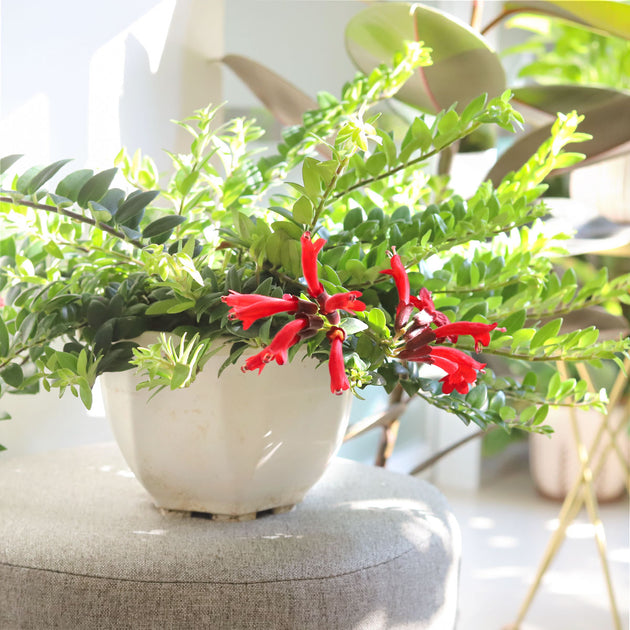
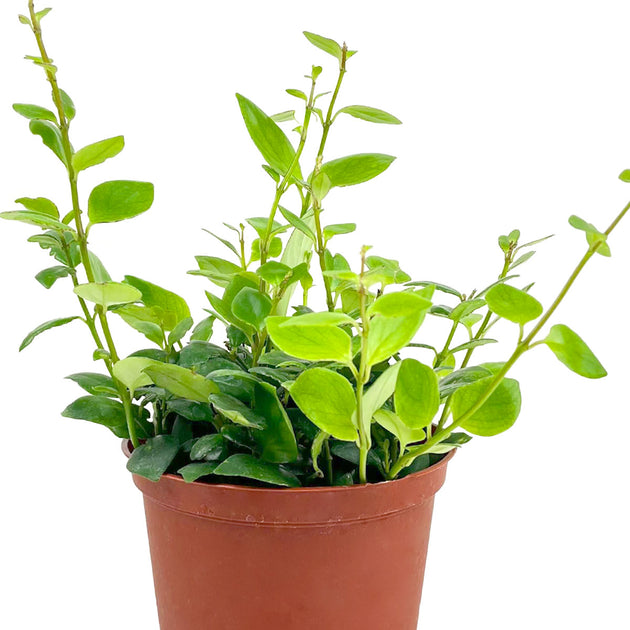

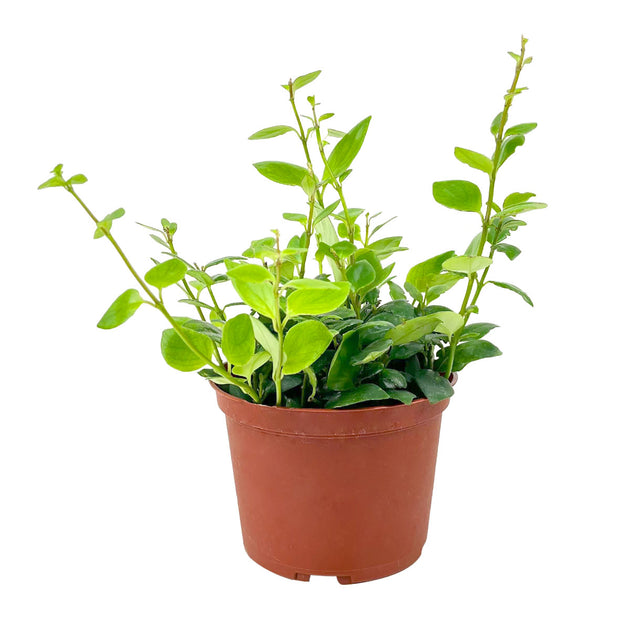
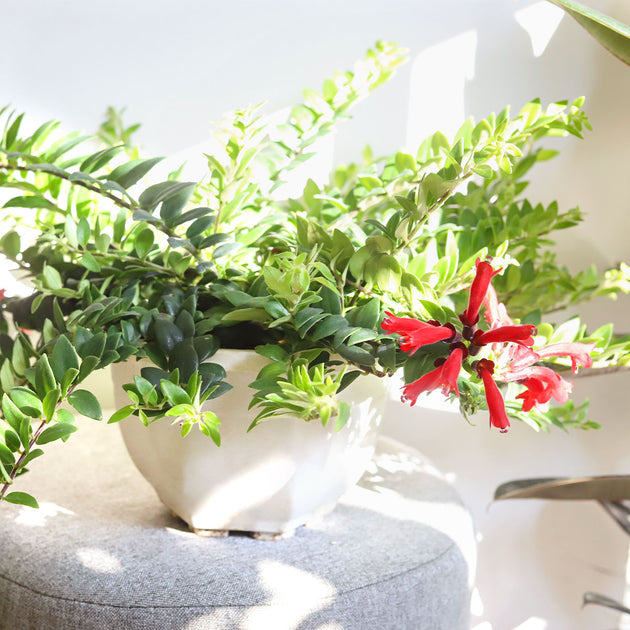
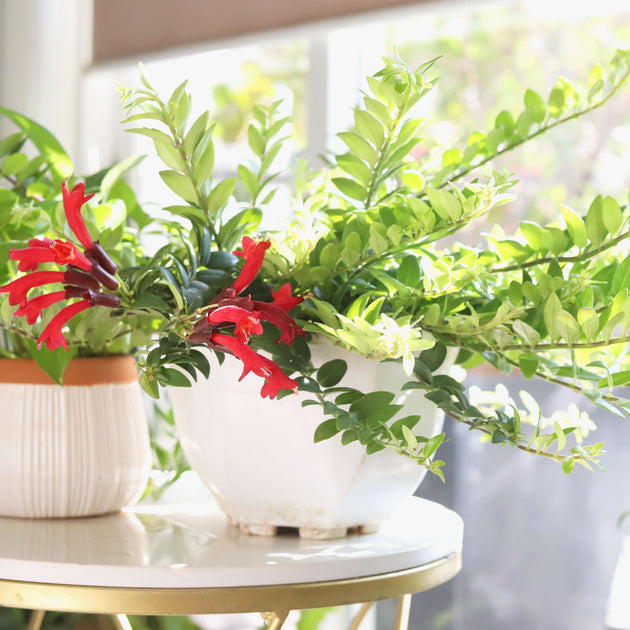
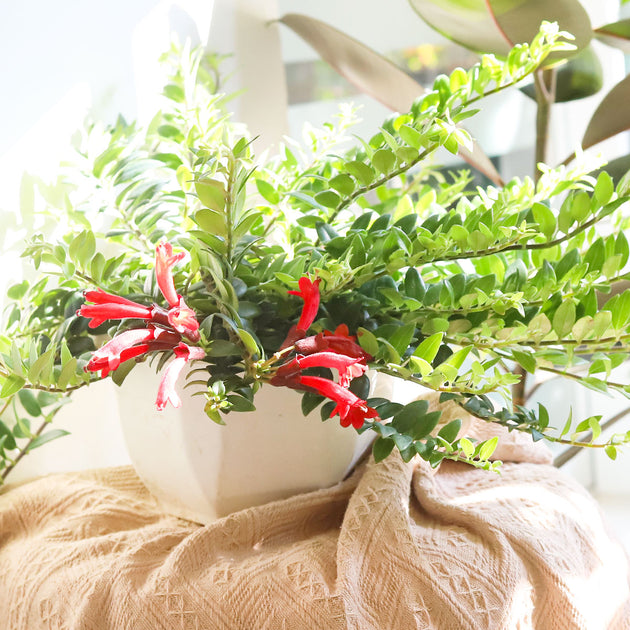
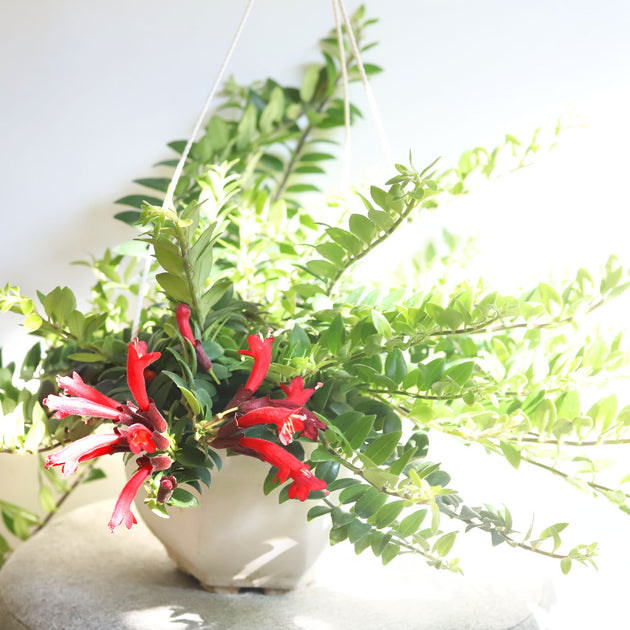
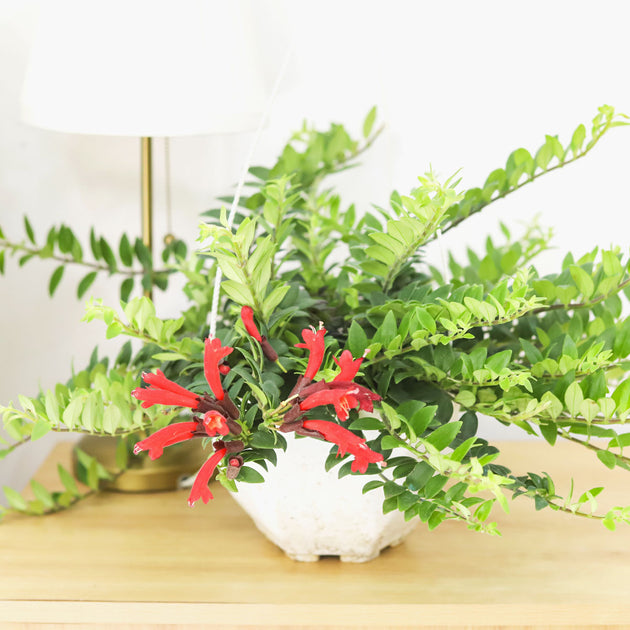
 USDA Zone 10-12
USDA Zone 10-12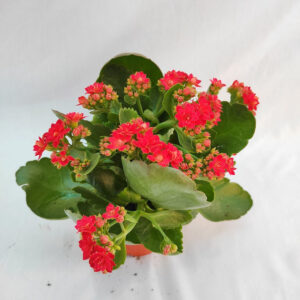
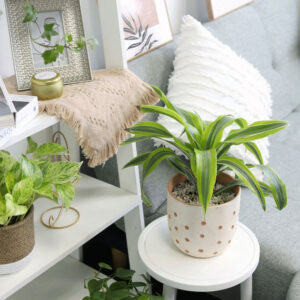
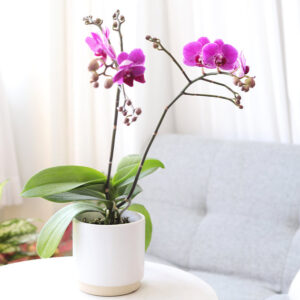
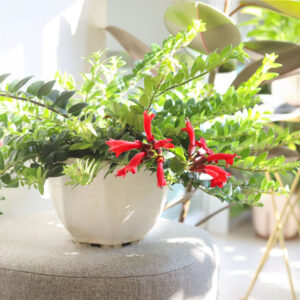
Reviews
There are no reviews yet.